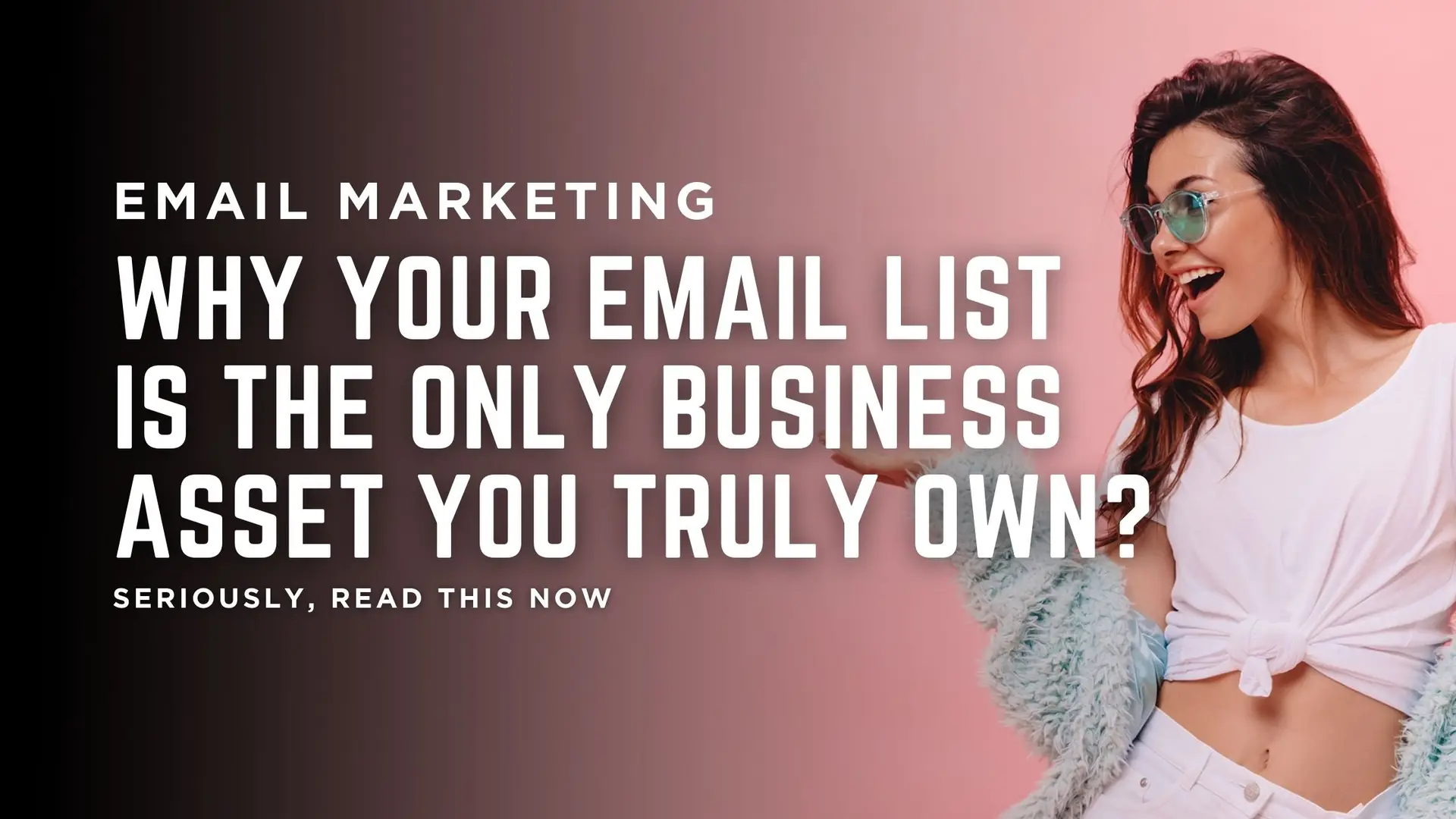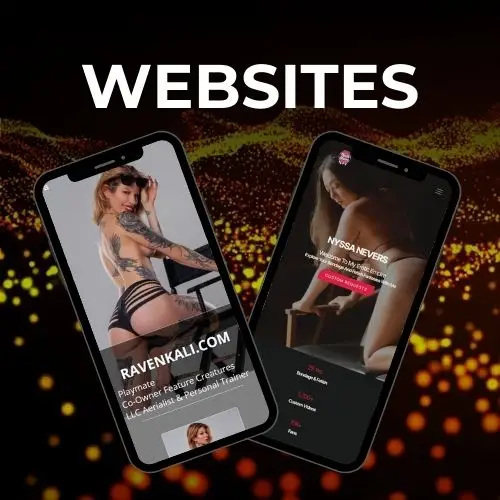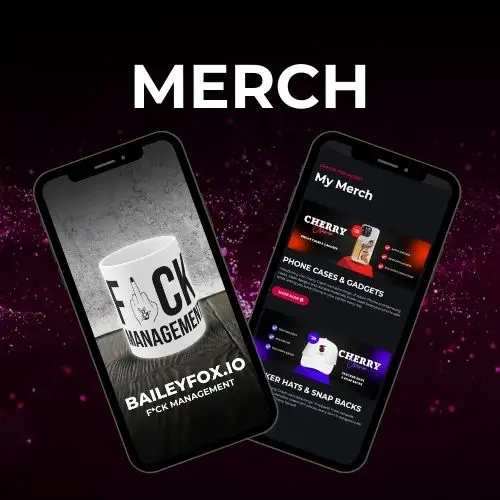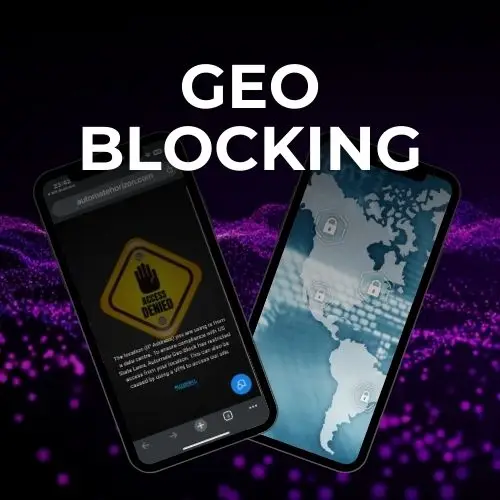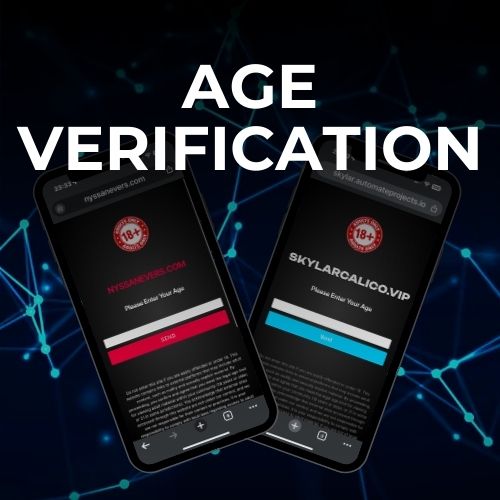Getting ready to sell your content directly from your own website is an exciting step, but the thought of applying for a payment provider can feel overwhelming. The process seems complex, and you might have heard stories of long delays or rejected applications.
The truth is, while the process is thorough, it’s completely manageable. By understanding what’s required and being prepared, you can navigate the application to payout journey with confidence.
This guide will demystify the entire process, giving you a clear, reassuring checklist to get you from application to your first direct sale.
Step 1: Understanding Underwriting
Before you even fill out an application, you need to know what a payment provider is looking for. This process is called underwriting. Think of it as a background check for your business. The provider needs to assess and approve your business, verifying that it is legitimate, compliant, and not a financial risk.
Underwriting is necessary for two main reasons:
- Risk Assessment: The provider needs to ensure you are not a high-risk merchant with a high probability of chargebacks, fraud, or legal issues. They are essentially protecting themselves from potential financial losses.
- Compliance: Payment processors must comply with strict regulations from financial institutions (like Visa and Mastercard) and government bodies. Underwriting ensures your business meets these standards.
Understanding this will help you see why the documentation and checks are so important. They are not designed to be difficult; they are designed to protect everyone involved.
Step 2: The Required Documentation Checklist
Preparation is key. Before you start your application, gather all the necessary documents. Having these ready will make the process much faster and smoother.
- Personal Identification: A government-issued photo ID (like a passport or driver’s license).
- Business Documents: If you have an LLC or corporation, you will need your Articles of Organization or other business registration documents.
- Proof of Address: A utility bill or bank statement (from the last 3 months) that matches the address you provided on your application.
- Website Information: A link to your live, fully functional website. This is critical. The website should have all its content, a clear refund policy, terms and conditions, and a privacy policy. The provider will review your site in detail.
- Website Content: You will need to provide examples or a full list of the content you will be selling. This is so the processor can verify its compliance and legal status.
- Financial Statements: Recent bank statements (usually from the last 3-6 months) for the bank account where you want to receive your payouts.
Step 3: Completing the Application
With your documents in hand, you can begin the application. While forms vary, they will all ask for the same core information.
- Business Information: Your business name, address, and legal structure (e.g., Sole Proprietor, LLC).
- Personal Information: Your name, address, Social Security Number, and date of birth.
- Financial Information: Details about your business bank account, including the bank name, account number, and routing number.
- Projected Sales Volume: An estimate of how much revenue you expect to generate per month. Be honest and realistic.
- Website & Content Details: Provide the URL of your website and a brief description of the products or services you are selling. This is where you would also submit the sample content you gathered.
Be thorough and accurate. Any missing or incorrect information will cause delays as the provider’s underwriting team will need to contact you for clarification.
Step 4: What to Expect After You Apply
Once you’ve submitted everything, the waiting period begins. This is when the underwriting team reviews all your documents and website content.
- Timeline: The process can take anywhere from a few days to a few weeks, depending on the provider. A typical timeline for a prepared creator is around 7-10 business days.
- Communication: Expect an email or a call from the underwriting team if they need more information. Respond to these requests promptly to avoid delays. They may ask for a live demo of your website, more financial history, or additional business documents.
- Approval & Integration: Once you are approved, you will receive an email with your new merchant account information and instructions for integration. This is the code or technical setup that connects your website’s checkout page to the payment processor.
- Your First Payout: After a successful integration and your first few sales, the funds will be transferred to your business bank account. Be aware that your initial payouts may be subject to a rolling reserve, where a percentage of your sales is held for a period of time as a security measure.
By following this guide, you can confidently take control of your payments and focus on what you do best: creating content for your fans.
